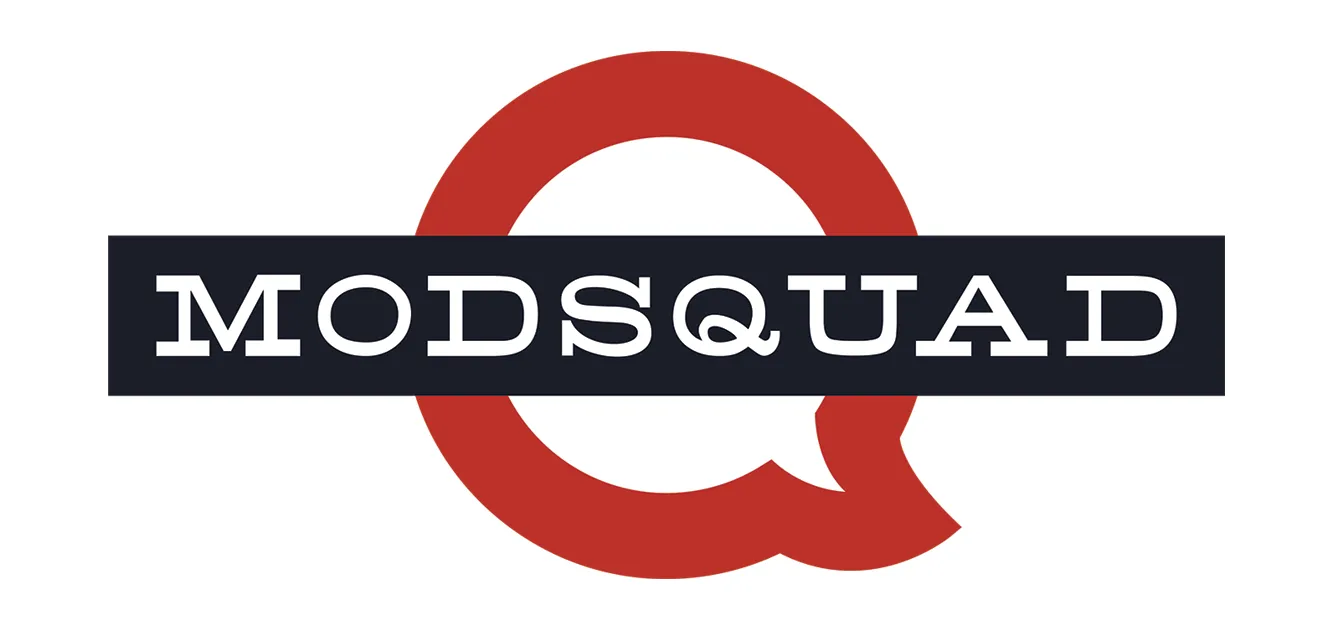
Reaching the Most Influential Customers
By Sanya Weathers
Let me chase off half the people who clicked on the link hoping for an easy shortcut: There aren’t any shortcuts.
Okay, if you’re still reading, here’s the fastest way I know how to identify the customers best able to help you grow.
Step One: Identify what you want to accomplish.
As with all things, you need to start with the right foundation and a clear goal. Are you looking for influencers that will get people talking about your game and get your product name to cover the whole first page of Google results? Bloggers. Are you looking for influencers that will drive actual sales? Player organizations (guilds, professional gamer teams, tournament hosts). Are you trying to conquer Facebook and Twitter? Look for people interested in similar products with lots of followers. You can see how these three groups will reinforce each other to create buzz, but their needs are different.
Step Two: Get to know your influencers.
If you’ve done Step One correctly, you’ve got a list of names that is almost certainly under a hundred people. Look at those people as individuals, not as a group.
As an example of a relationship building failure, marketing professionals looking to reach parents will reach out to bloggers who focus on parenting. Sadly (for the marketing person), they don’t often take the time to read the blogs. Male bloggers will get letters talking about the company’s respect for busy moms. Cute pregnancy tips go to people who’ve struggled with infertility or people who’ve adopted.
Get to know the people that you’ve identified as being in a position to influence potential customers instead of assuming that you know all about them from their demographic data.
Step Three: Identify the needs of your target influencers.
If you want someone to help you, you need to identify the benefit to that person. In other words, what’s in it for him? Think about what each person needs and how you can meet that need. Needs can be psychological as well as more tangible. If you’ve spent time getting to know them, this’ll be easy.
Step Four: Under promise, over deliver, and offer customer service even if your product is so far from launch that there is yet no customer service team.
Did you promise a screenshot? Send three. Did you promise a sample? Send a box. Did the person need help with the demo? Keep records of where they ran into trouble and how it was resolved. Follow up a day later to make sure there were no further problems.
Step Five: Say thank you.
It is very easy, in the process of providing content, sending contest prizes, and promoting the websites of other people, to think that you’re handing out favors. Many people (in the mistaken idea that it will gain them something that in actuality can be had just for the asking) will lay on the flattery with a trowel.
Never lose sight of the fact that you need them more than they need you. Another product comes along every day. Without customers, you have nothing. These key influencers are doing you the favor of risking their own reputations to endorse your product by promoting it, discussing it, and recommending it.
When people do you a favor, do what your mother told you to do – send a thank you note.
Step Six: Quantify and track the results.
Learning to tell the difference between actual influencers and people who just talk really loudly is a lifelong project. Keep track of your site traffic – where’s it coming from? The most active members of your community – who referred them and where else do they post? And don’t just track volume. The influencer who sends you a thousand people, twenty of whom stick, is not as valuable to you as the influencer who sends you fifty people, all of whom stick.
Above all, be sincere. Reaching influencers is ultimately a byproduct of forming relationships with them.

